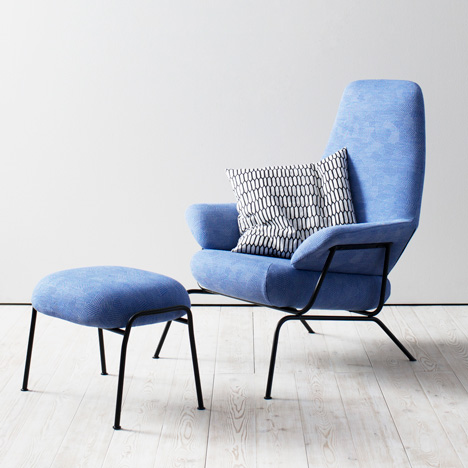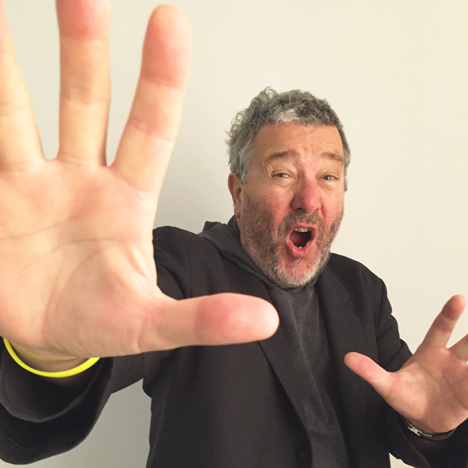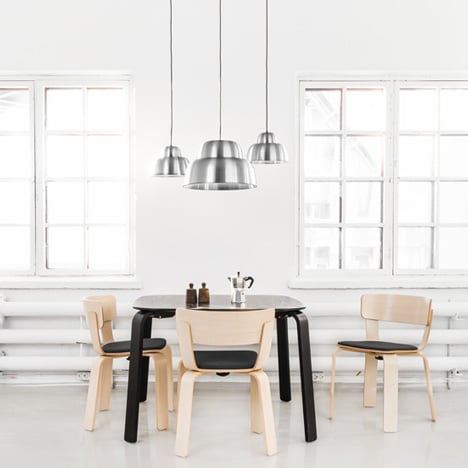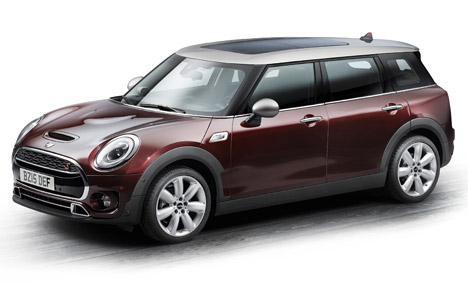Mass customisation takes off as Hem launches online service in USA
Design brand Hem is to launch its online furniture customisation service in the USA, amid signs that mass customisation is becoming big business.
"It's just the start," said Hem founder and CEO Jason Goldberg, who said over half of the brand's revenues in Europe now come from customers who are designing their own furniture via Hem's online tools.
"The internet is starting to fulfil the promise of mass customisation and mass personalisation," Goldberg told Dezeen. "It's about half of our revenue in Europe. We have thousands of orders."

From today, Hem.com customers in the New York area will be able to order customised items such as shelving, tables and chairs that will be manufactured in Canada.
The "Design Your Own" service will roll out to the rest of the USA in the coming months. Further product categories such as lighting will be added later, Goldberg added.
Goldberg's enthusiasm for mass customisation echoes that of Philippe Starck, one of the founders of TOG, another online design brand that offers customisable products and which launched in April 2014.
"It is a huge success," the French designer told Dezeen in a recent interview. "It's very interesting to see that people appreciate the model, the low price. It's fun, it's joyful. They love the proposal."

Starck added that mass customisation offered lower costs and less waste compared to traditional manufacturing. "With one mould, with one chair, every chair can be totally different. Anybody can do that."
Hem's inspiration came from the pioneering Nike iD platform, which allows customers to configure and buy bespoke trainers.
"A couple of years ago we looked at Nike iD," Goldberg said. "We said: 'if people can design their own sneakers then why can't they design their own wardrobe or dresser or lighting?'"

After a slow start, Nike iD has grown rapidly and generated $100 million of revenue in 2009.
British luxury fashion brand Burberry followed suit in 2011 with Burberry Bespoke, which allows fashionistas to customise the iconic trench coat.
Now it looks as if mass customisation is taking off in other product categories.
At the launch of the new MINI Clubman in Berlin earlier this week, the car brand announced that it now offers customers over a million different customisation options.

MINI has for years offered buyers the chance to mix and match colours, decals, wing mirrors and wheel hubs, but MINI board member Peter Schwarzenbauer said the trend was accelerating.
"We see the trend of customers to really individualise their cars, to order more options, is increasing," he said.
"Really what it shows is that people want to personalise, they want choice," Goldberg added. "Consumers want more choice, and in this world everybody is a designer, everybody is sharing their favourite creations on Instagram and on Pinterest and Facebook. People want something that expresses their own personality."
Goldberg, co-founder of online design store Fab, founded Hem with Petrus Palmér when he acquired Finnish flatpack furniture brand One Nordic in July last year. Its first range of customisable products was launched in September 2014.
"In the case of furniture online, it's very hard for people to customise their own furniture in an offline world," Goldberg said. "You've got to hire a carpenter and have them build that, and have a designer design that for you."
"What we've done is we've basically taken the work of a designer and put it into our online customisation tools, and enabled people very easily to customise the pieces for their unique needs, and then we transmit electronically to the factories who then build the product. We're using technology to make a pretty inefficient process much more efficient."